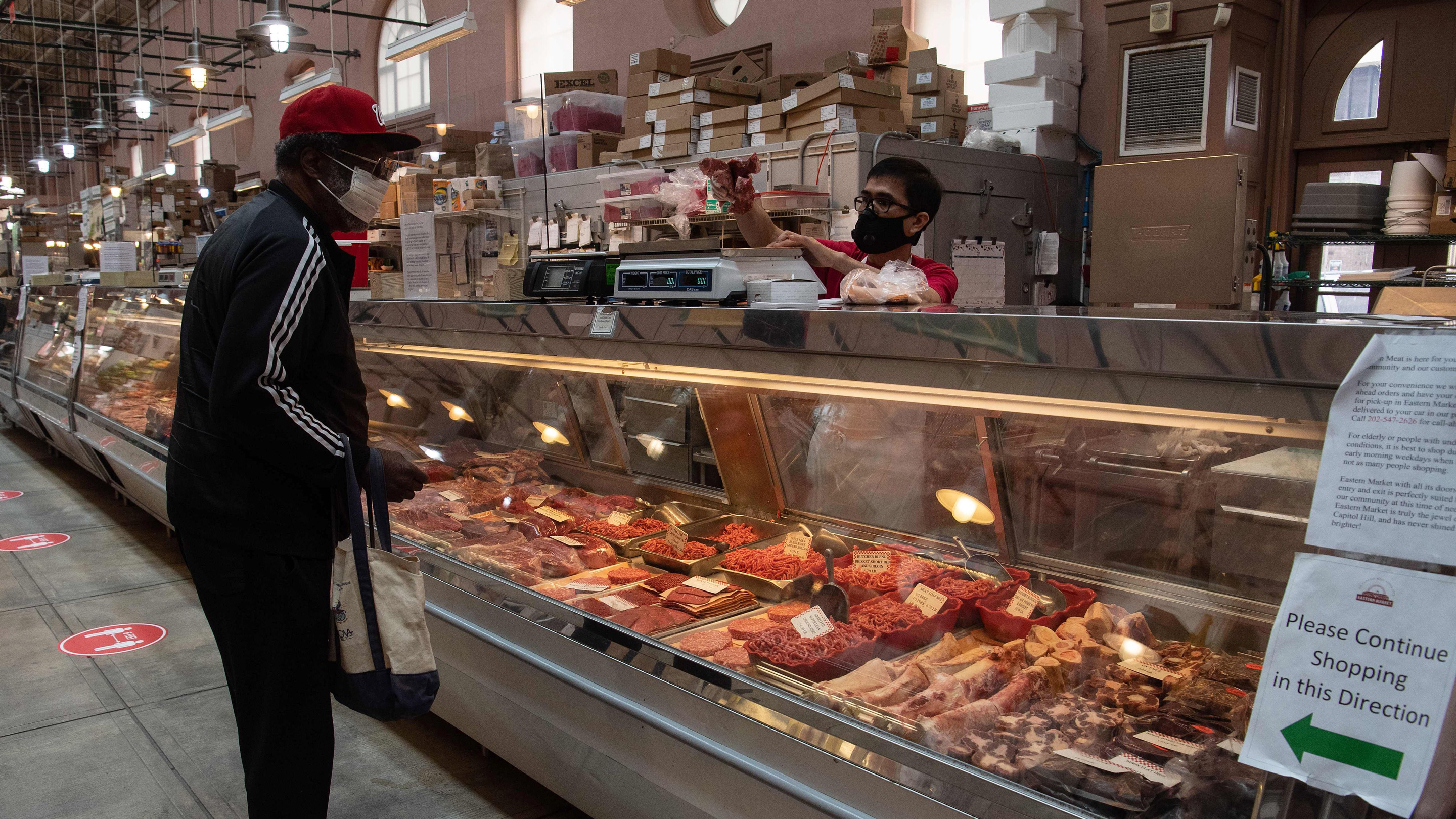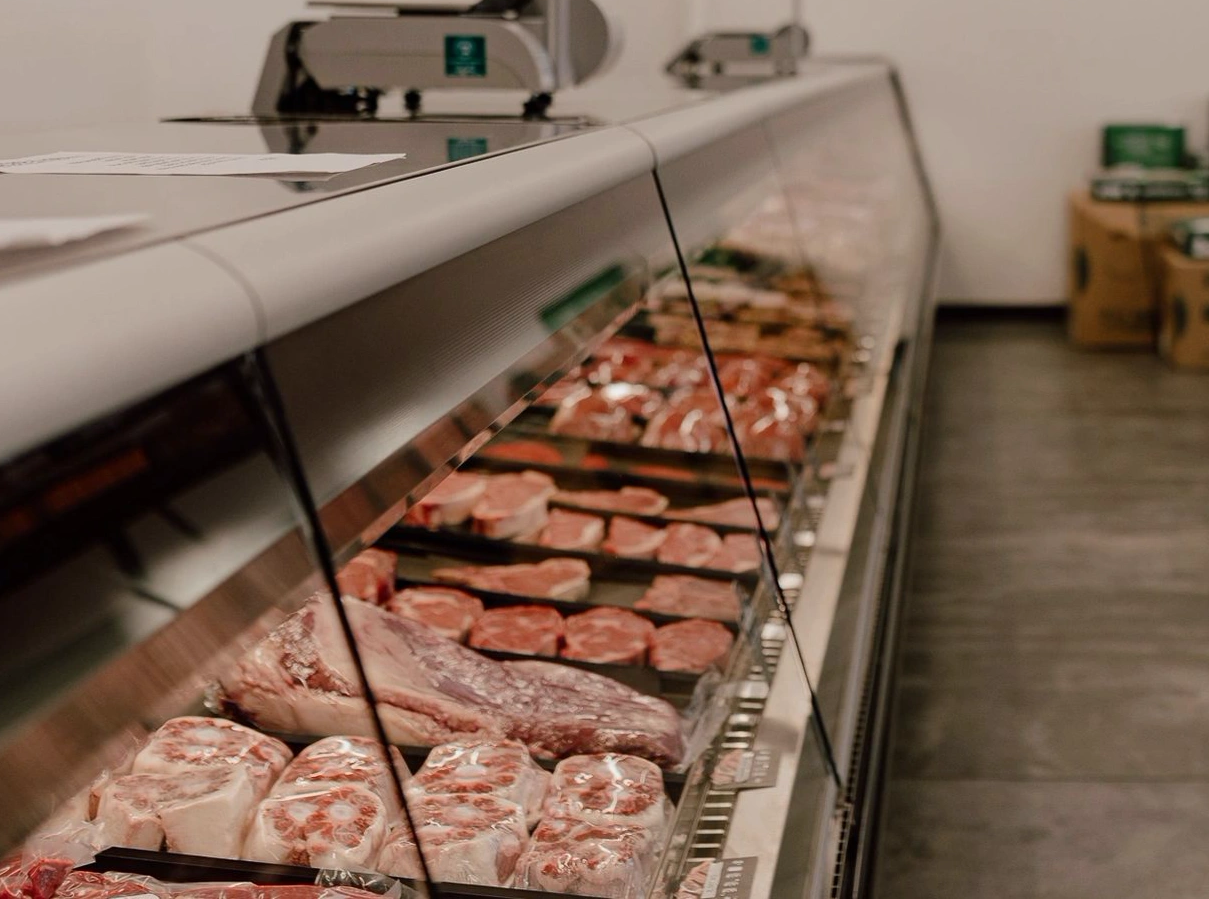Check Out the Regional Taste at Bagley Farms Meat Market Edwardsville IL: Fresh and Delicious
Check Out the Regional Taste at Bagley Farms Meat Market Edwardsville IL: Fresh and Delicious
Blog Article
Uncover the Art of the Butcher's Cut in a Modern Meat Market
In the ever-evolving landscape of modern meat markets, the butcher's cut has actually transcended its standard roots, combining age-old workmanship with contemporary techniques. What truly sets the contemporary butcher apart is their ability to create a deeper link between consumers and the beginnings of their meat.
Development of Butchery Techniques
The evolution of butchery strategies mirrors an abundant tapestry of development and adaptation driven by developments in modern technology, modifications in customer demand, and a much deeper understanding of meat science. Historically, butchery was a craft passed down via generations, with techniques sharpened over centuries to make the most of return and taste. The commercial change ushered in mechanization, transforming typical practices and allowing large handling.
The mid-20th century saw butchery techniques even more improved by clinical insights right into muscular tissue biology and meat aging, enhancing both tenderness and preference. Innovations like vacuum product packaging and refrigeration extended product shelf-life, permitting butchers to diversify offerings and boost quality assurance. This period also marked the increase of customized tools, such as band saws and meat slicers, which increased precision and efficiency in meat processing.

Computerized systems currently help in tracking animal provenance and optimizing cuts to meet details customer choices. Furthermore, a renewal in artisanal butchery has emerged, mixing traditional abilities with contemporary understanding to cater to consumers seeking ethical and sustainable meat options.
Comprehending Meat Cuts
Comprehending the ins and outs of meat cuts is vital for both butchers and consumers seeking top quality and value. For butchers, accurate cuts reflect ability and regard for the craft, making sure very little waste and optimum return.

Comprehending muscle mass composition is crucial; muscular tissues utilized much more frequently by the pet have a tendency to be tougher and are best matched for sluggish cooking approaches, while less-used muscle mass, like those found in the loin, are extra tender and suitable for grilling or roasting. Familiarity with these differences encourages consumers to make informed options, enhancing their cooking endeavors.
Picking Quality Meat
Choosing the ideal meat entails more than just choosing an aesthetically appealing piece from the display screen. The art of selecting high quality meat moved here calls for a critical eye and understanding of certain attributes that symbolize quality and excellence.
Secondly, think about the marbling, which describes the white streaks of fat within the muscle. Proper marbling is an essential indication of tenderness and taste, as it melts throughout food preparation, improving the meat's juiciness. Bear in mind, higher marbling often associates with exceptional quality cuts, such as USDA Prime.
Texture is one more crucial aspect; meat ought to feel strong to the touch, not slimed or extremely soft. In addition, bear in mind the aroma. Fresh meat should have a clean, neutral scent, totally free from any sour or off-putting odors.
Pairing Cuts With Cooking Methods

Alternatively, tougher cuts like brisket and chuck roast are abundant in collagen, which breaks down into gelatin when cooked slowly. These cuts are ideal for braising or slow roasting, permitting the meat to tenderize with time and create deep, complicated tastes. Similarly, cuts such as short ribs and pork shoulder prosper with slow-cooking methods, where extended cooking times transform their robust textures right into delicious dishes.
Lamb shanks and oxtail, which need long term cooking to soften, are perfect prospects for cooking or slow simmering. These approaches coax out rich, hearty flavors while maintaining dampness. By recognizing the unique qualities of each cut, cooks and home chefs alike can boost their cooking productions, making sure each meal is both pleasing and memorable.
The Butcher's Duty Today
Browsing the developing landscape of the contemporary meat market, the butcher's function today extends beyond simple prep work of cuts. Contemporary butchers are culinary artisans, teachers, and advocates for sustainable practices. They bridge the space in between the ranch and the fork by making sure moral sourcing, comprehending pet husbandry, and focusing on this post openness in the supply chain. This change reflects the expanding customer need for quality over quantity, where provenance and animal well-being are extremely important.
In addition to crafting exact cuts, butchers currently engage directly with clients, using cooking guidance and tailoring options to fit individual requirements and choices. Their proficiency in meat aging, marbling, and taste accounts encourages consumers to make he has a good point educated choices, enhancing their culinary experiences. This tailored service exhibits the butcher's advancing role as a relied on consultant in the cooking area.
Moreover, butchers are critical in decreasing waste, utilizing whole animals to produce varied items such as sausages and stocks. This thorough approach not only appreciates the animal yet additionally aligns with contemporary sustainability objectives. In this means, the modern butcher personifies both tradition and innovation, adapting to an ever-changing market while protecting the virtuosity and honesty of their craft.
Conclusion
Proficiency in recognizing varied meat cuts and top quality signs empowers butchers to give enlightened suggestions, lining up specific cuts with optimum food preparation techniques. By honoring historic methods while accepting modern needs, the butcher's function remains essential in today's sophisticated meat market.
Report this page